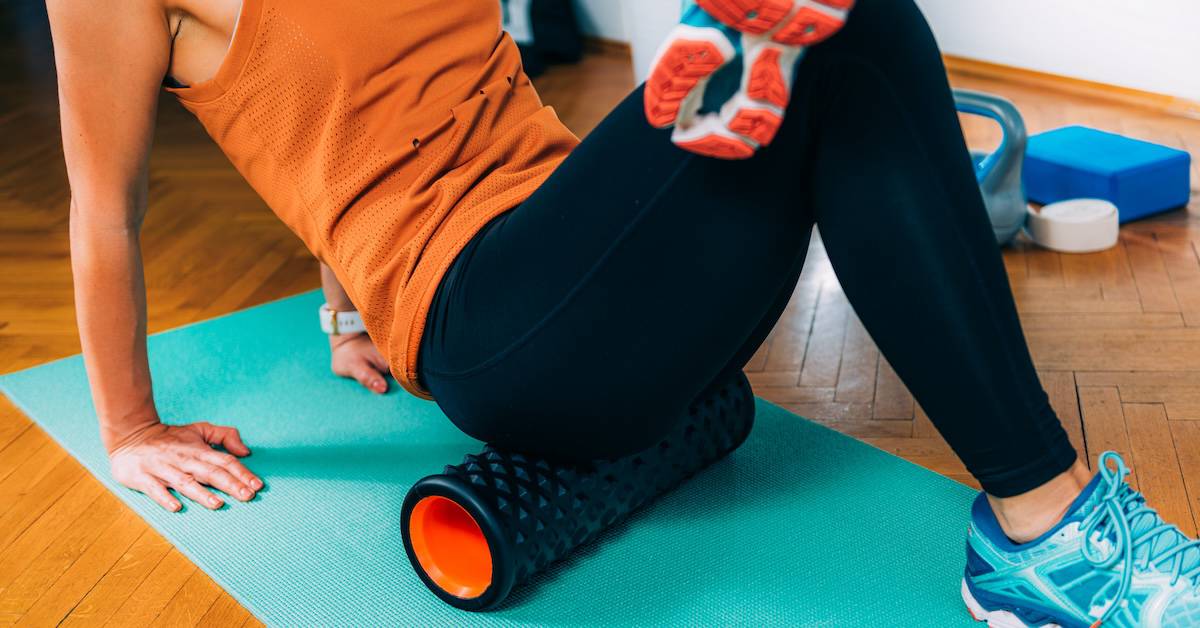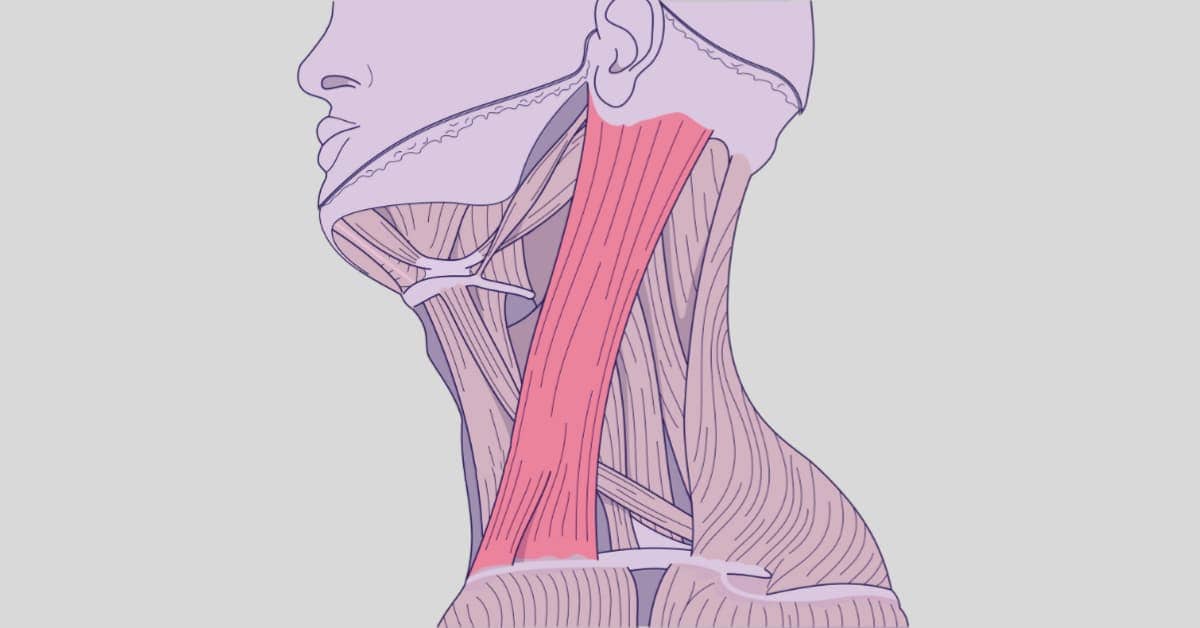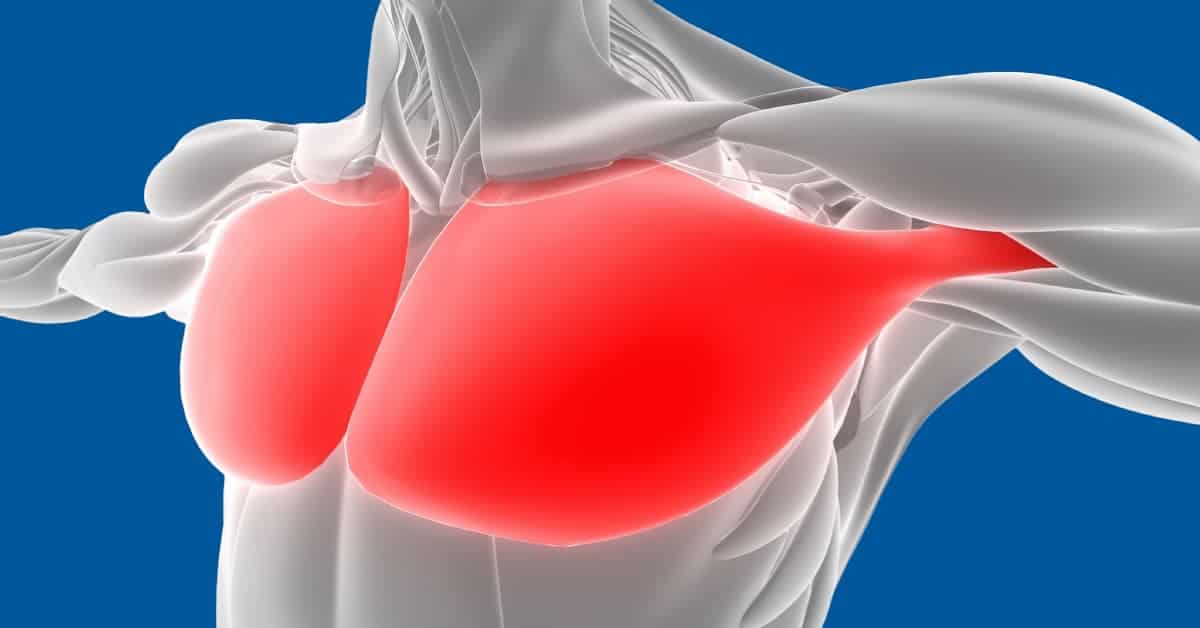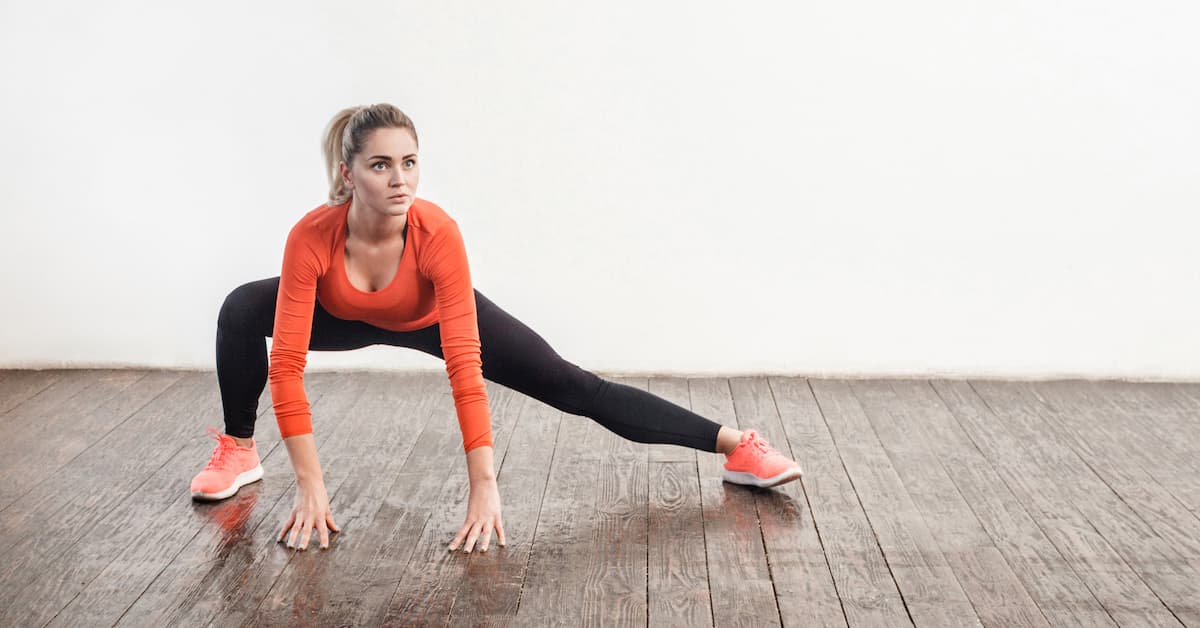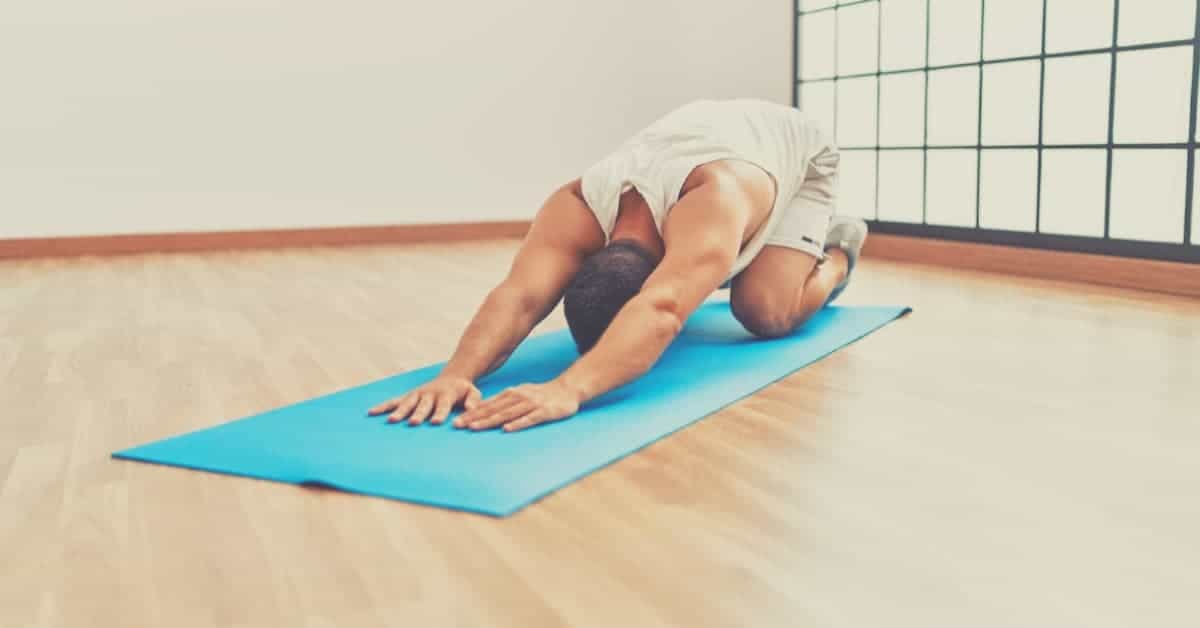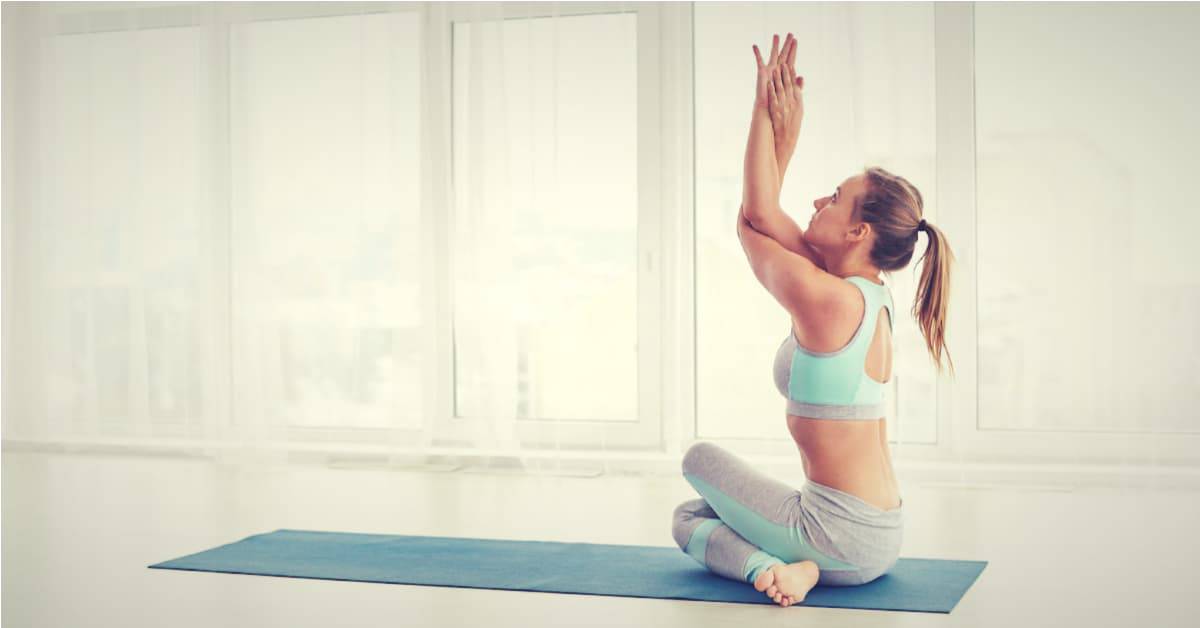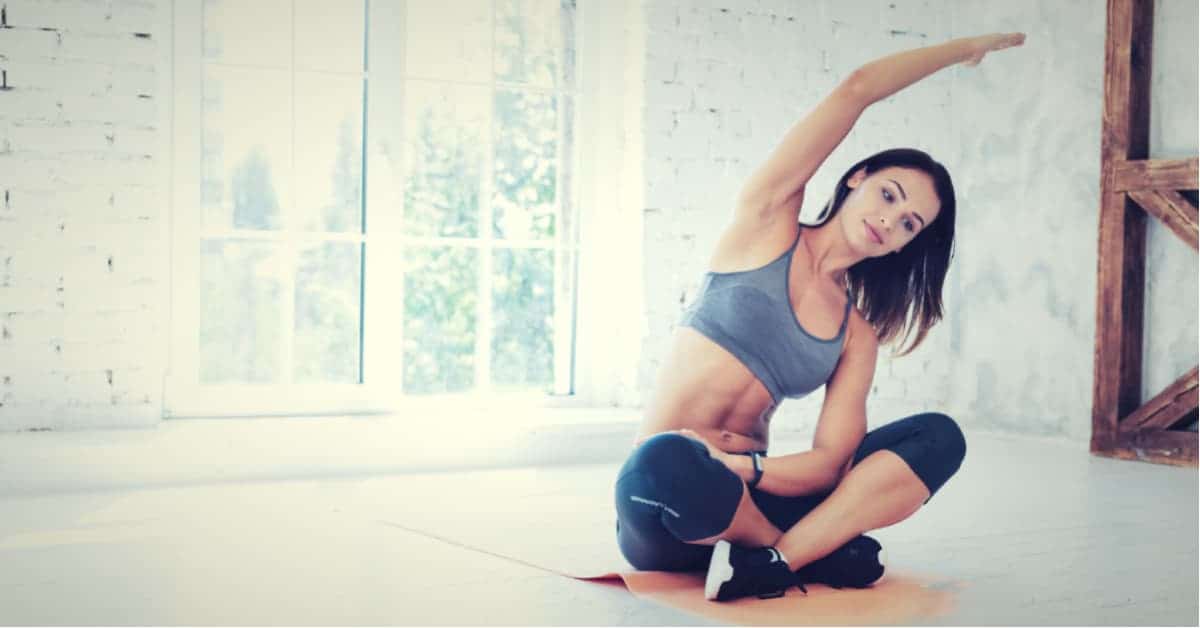In today’s fast-paced, technology-driven world, many people experience tight neck muscles due to various factors like poor posture, stress, and excessive screen time. This discomfort can hinder your daily activities and affect your overall mood.
In this article, we’ll explore the causes of tight neck muscles, provide targeted release techniques and stretches, and offer practical tips to help you find relief and prevent future issues. By understanding and addressing the root causes, you can achieve lasting comfort and maintain a healthier, more relaxed neck.
I. Causes of Tight Neck Muscles
Tight neck muscles can arise from several factors, so understanding the underlying causes is essential to address the issue effectively. Some common causes include:
- Poor posture: Sitting or standing with bad posture, especially when using devices like smartphones and computers, can cause muscle strain and tightness in the neck.
- Excessive screen time: Spending long hours looking at screens, whether a computer, tablet, or phone, can lead to muscle tightness in the neck due to the downward angle of your gaze.
- Forward head posture: People with forward head posture are likelier to experience chronically tight neck muscles. This posture results from habitually leaning the head forward, which places increased strain on the neck muscles.
- Inadequate sleep position: Sleeping awkwardly or using an unsupportive pillow can cause your neck muscles to tighten during the night.
- Stress and tension: Emotional stress often leads to muscle tension, particularly in the neck and shoulders. This tension can contribute to tight neck muscles over time.
Now that you understand the causes of tight neck muscles, we’ll delve into effective massage and stretching techniques in the next section.
II. Targeted Stretches for Each Neck Muscle
In this section, we’ll guide you through targeted stretches and massages specifically designed to address each part of your neck.
The goal is to help you relieve stiffness and discomfort by focusing on the key muscles contributing to neck pain. By performing these exercises regularly, you’ll be on your way to improved neck flexibility and overall comfort.
No need to be an anatomy expert—just follow along and feel the difference!
A. Sternocleidomastoid (SCM)
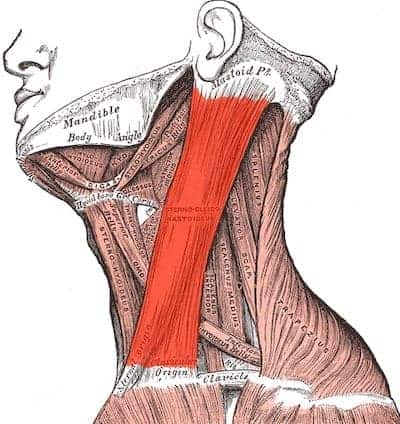
The SCM is that thick muscle you can feel running from behind your ear to your collarbone. It can pull your head forward if it gets tight, leading to neck discomfort and even headaches.
SCM massage
- Find a comfortable seated or standing position.
- Place the fingertips of one hand on the side of your neck, right below the ear. You should feel a thick band of muscle. This is the SCM.
- Apply gentle pressure and slowly slide your fingers down the length of the muscle until you reach the collarbone.
- You can also gently pinch it as you go down the muscle.
- Spend some time massaging, then switch sides.
SCM stretch
- Sit or stand up straight.
- Gently tilt your head to one side, bringing your ear towards your shoulder.
- Once in this position, rotate your head toward the ceiling and then tilt your head back. You should feel a stretch in the SCM.
- Hold for 30 seconds, and then repeat on the other side.
B. Levator Scapulae
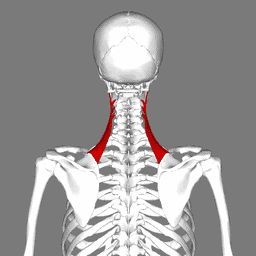
The levator scapulae muscle connects your neck to your shoulder blade and helps lift your shoulders. When this muscle gets tight, it can cause pain and limit the range of motion in your neck.
Levator scapulae massage
- Sit comfortably and place the massage ball on the back of your shoulder, just below the upper edge of the shoulder blade.
- Lean against a wall to apply pressure on the massage ball.
- Slowly move your body up and down, allowing the ball to glide along the levator scapulae muscle.
- Focus on any tight or tender areas, and breathe deeply to encourage relaxation and release.
Levator scapulae stretch
- Sit or stand up straight.
- Bring your right arm across your body and grasp the back of your head.
- Gently pull your head down, bringing your nose towards your right armpit.
- Hold the stretch for 30 seconds, and then repeat on the other side.
C. Scalenes
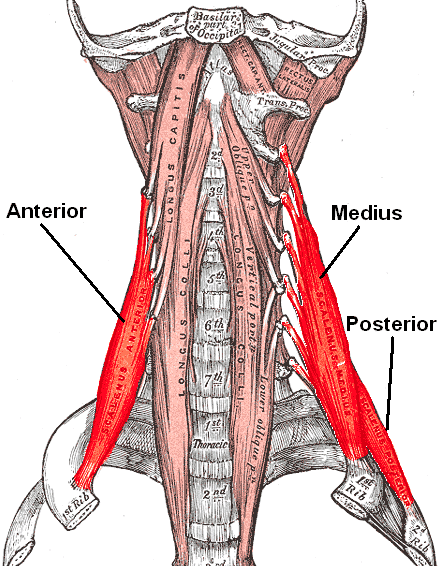
The scalene muscles run along the sides of your neck, playing a role in your head’s side-to-side movements. If they’re tight, your neck may feel stiff, especially when trying to look left and right. For the massage and stretches, we will be targeting the anterior scalenes.
Scalene massage
- In a comfortable standing or seated position, place the massage ball on the side of your neck, just above your collarbone.
- Apply gentle pressure and slowly roll the ball along the side of your neck, stopping at any tight or tender spots.
- You can move your head from side to side as you do this to hit different spots of the muscle.
- Breathe deeply and allow the muscle to release before moving on to the next spot.
Scalene stretch
- Sit or stand up straight.
- Place one hand on your collarbone to anchor the shoulder.
- Look up at the ceiling and then tilt your head to the side.
- Hold the stretch for 30 seconds, then repeat on the other side.
D. Upper Trapezius
Ever notice how your shoulders rise when you’re stressed? That’s the upper trapezius muscle in action. When it tightens, it can make your neck feel stiff and achy.
Upper trapezius massage
- Stand with your side facing a wall.
- Place a massage ball between your upper trapezius (top of your shoulder) and the wall.
- Lean into the ball to apply gentle pressure on the muscle.
- Slowly roll the ball around the muscle, finding tight spots or knots.
- Pause on tight areas, applying more pressure and breathing deeply to relax the muscle.
- Continue for 30 seconds to 1 minute, then switch sides.
Upper trapezius stretch
- Sit or stand up straight.
- Gently tilt your head to the left, bringing your ear towards your shoulder.
- Make sure to keep your shoulders down.
- Hold the stretch for 30 seconds, then repeat on the other side.
D. Suboccipitals
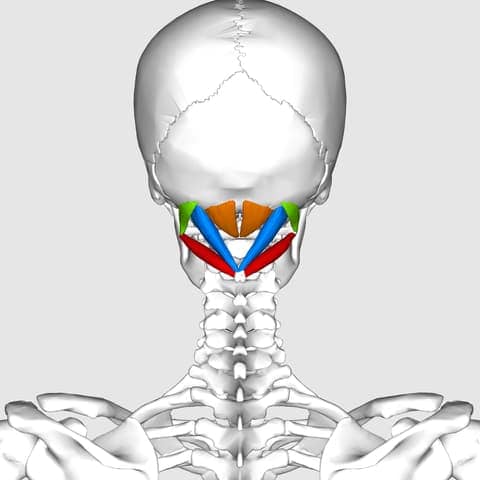
Those small muscles at the base of your skull? They’re called suboccipital muscles. They can be responsible for tension headaches and sore necks when they’re tight.
Suboccipital massage
- Lie down on a flat surface and place a peanut massage ball under the base of your skull, where your suboccipital muscles are located.
- Keep your chin tucked in and gently move your head from side to side, allowing the ball to massage the muscles.
- Apply pressure according to your comfort level.
Suboccipital stretch
- Sit or stand with proper posture and perform a slight chin tuck to keep your neck upright.
- Place one hand on the back of your head and gently pull your head down and slightly forward, keeping your chin tucked in.
- Hold the stretch for at least 30 seconds, feeling a stretch at the base of your skull.
- Release and repeat 2-3 times.
III. Tips for Maintaining a Healthy Neck
- Practice good posture: Ensure your computer screen is at eye level and avoid slouching while sitting or standing. Keep your shoulders relaxed and pulled back, and your head directly above your shoulders to maintain a neutral neck position.
- Monitor screen time: Prolonged use of smartphones and other devices can cause “text neck,” a condition resulting from tilting your head forward and downward for extended periods. Limit screen time and hold devices at eye level to reduce strain on your neck muscles.
- Take breaks: Stand up and move around regularly to avoid staying in one position for too long. Stretch and change your position at least once every hour, allowing your neck muscles to relax and recover.
- Include neck-specific exercises: Incorporate simple neck exercises and stretches into your daily routine to maintain flexibility, range of motion, and strength. Practice gentle neck rotations, side-to-side movements, and forward and backward stretches to keep your neck muscles healthy.
- Stay active: Engage in regular physical activity, such as walking, swimming, or yoga, to help maintain flexibility and strength in your neck muscles. Regular exercise helps to improve blood flow, prevent stiffness, and support overall neck health.
- Adjust your sleeping position: Use a supportive pillow that maintains the natural curve of your neck and avoid sleeping on your stomach to prevent strain on your neck muscles. Experiment with different pillow heights and materials to find the best fit for your sleeping style.
- Manage stress: Stress can cause tension in the neck and shoulders, so practice relaxation techniques like deep breathing, meditation, or progressive muscle relaxation to help manage stress levels. Incorporate hobbies or activities you enjoy into your daily routine to reduce stress and promote relaxation.
The Road to a Healthier Neck
There you have it! We’ve covered some key techniques to help you alleviate that pesky neck tension and regain your comfort. Remember, incorporating these stretches and massages into your daily routine can make a world of difference.
Give your neck some love, and you’ll soon notice improved mobility and less pain. And don’t forget to address any underlying issues like poor posture or too much screen time. Your neck will thank you!











